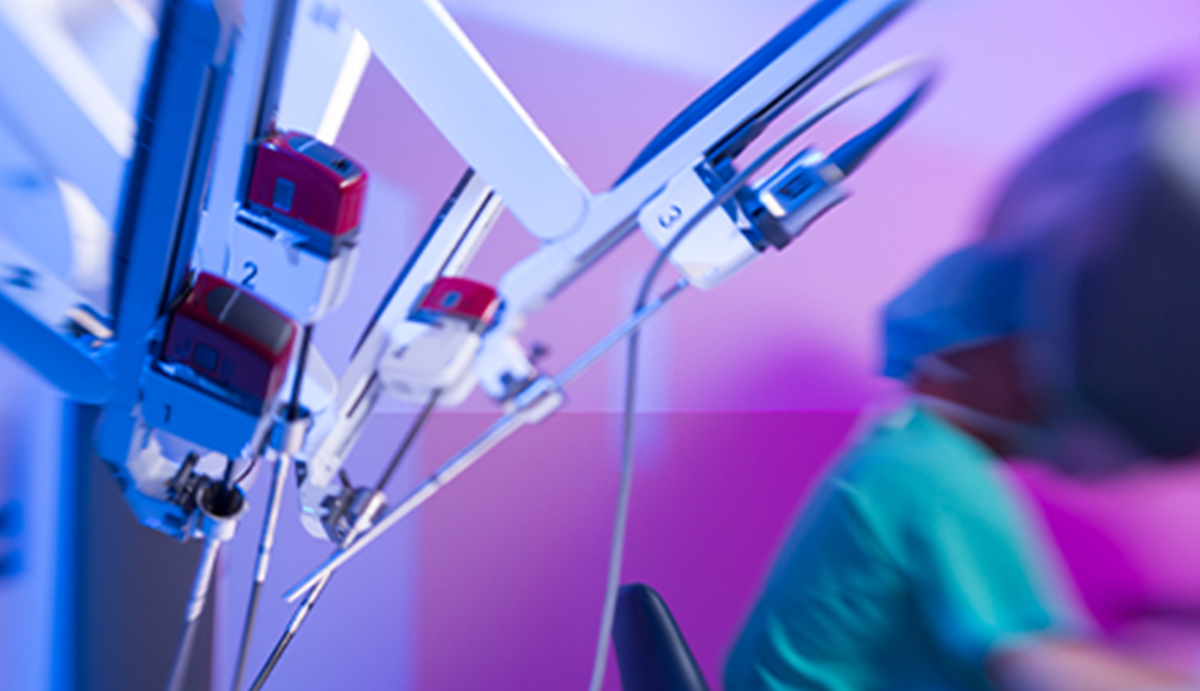

5 Ways Hospitals Can Integrate AI and Automation into Surgical Care

With the growing demand for surgical care, health care organizations are turning to innovative technology to help achieve the goals of the Quintuple Aim: to improve outcomes, lower the cost of care, provide a better patient experience, enhance workforce engagement and advance health equity.
 In a recently released Executive Insights report, “Rising Demand for Surgeries and Advancing the Quintuple Aim Through Innovation,” from the AHA Center for Health Innovation, clinical leaders across the country share their insights on how to integrate artificial intelligence (AI) and other automation into perioperative care. Panelists shared their strategies to optimize procedures or increase capacity and their plans for intelligent automation and integration into surgical services.
In a recently released Executive Insights report, “Rising Demand for Surgeries and Advancing the Quintuple Aim Through Innovation,” from the AHA Center for Health Innovation, clinical leaders across the country share their insights on how to integrate artificial intelligence (AI) and other automation into perioperative care. Panelists shared their strategies to optimize procedures or increase capacity and their plans for intelligent automation and integration into surgical services.
These Are Among the 10 Recommendations from the Panel Discussion:
- Pilot surgical optimization software to make intelligent decisions that support better staffing, scheduling and patient flow to unlock capacity in operating rooms.
- Integrate information from different technologies — electronic health records, backbone systems, equipment technologies and robotics — to gain insights into improving quality and efficiency.
- Use AI to know your own truth by extracting, analyzing and synthesizing patient encounter data (clinical, financial and operational), looking for trends, outcomes and evidence-based reporting on what patient procedures work the best.
- Provide surgeons with real-time information about their cases, procedure times and instrumentation usage with objective performance indicators and feedback for improvement.
- Employ integrated intelligence and a phased approach to quality improvement and compare to national benchmarks.



